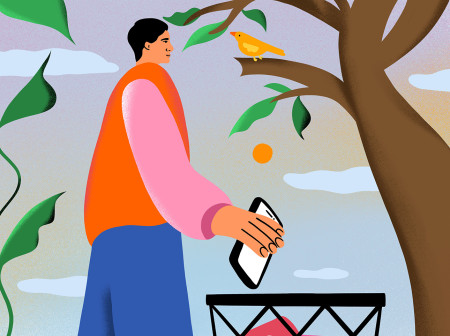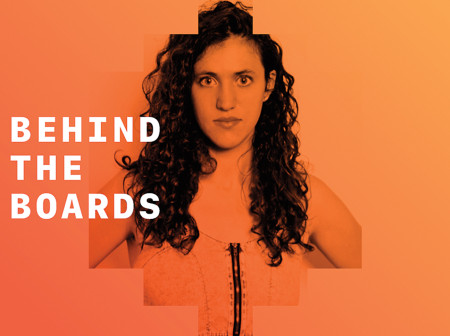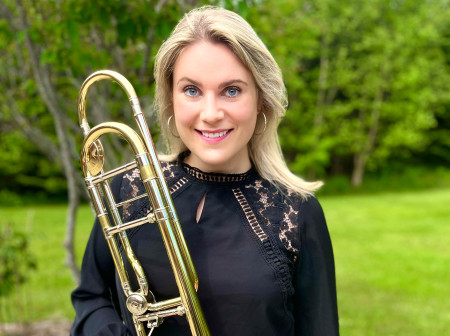The Mary and Leigh Block Museum of Art has revamped its docent program to expand students’ involvement. Now undergraduate student associates lead public and private tours, facilitate art discussions, act as advisers to museum staff and even add acquisitions to the museum collection.
“The Block really does care about student input,” says Chayda Harding, a senior history major who has worked for the museum for nearly three years. “Now we’re much more involved. This fall, I got to write wall labels for some of the artwork, and we were able to select a piece by [Chicago artist] Leonard Suryajaya for the museum.” The annual student-led acquisition is funded by individual donors and the Block Museum Student Impact Fund.
“The students are actually shaping the collection,” says Erin Northington, the Susan and Stephen Wilson Associate Director of Campus and Community Education and Engagement at the Block.
Student associates also serve as ambassadors for the Block, finding unique ways to incorporate the museum’s work into their broader academic and student life experiences.
Ayinoluwa Abegunde, a senior chemical engineering major and a student associate, revised a homework assignment for her Fluid Mechanics course using aerial photographs of abandoned uranium mines on a Navajo Nation reservation to demonstrate the mines’ impact on water supplies. “The images alone were very powerful,” says Abegunde, “and then hearing photographer Will Wilson’s story behind the images made us reconsider our work as chemical engineers from an ethical point of view. Art can show the gravity of how our decisions can impact communities disproportionately.”
Northington is excited to see the program grow. “Students are bringing their own perspective to the galleries, to the stories we tell,” she says. “They’ve developed extraordinary talents in facilitation, in being able to generously welcome people into a discussion, particularly for folks for whom museums don’t feel like a comfortable space.”




Reader Responses
No one has commented on this page yet.
Submit a Response